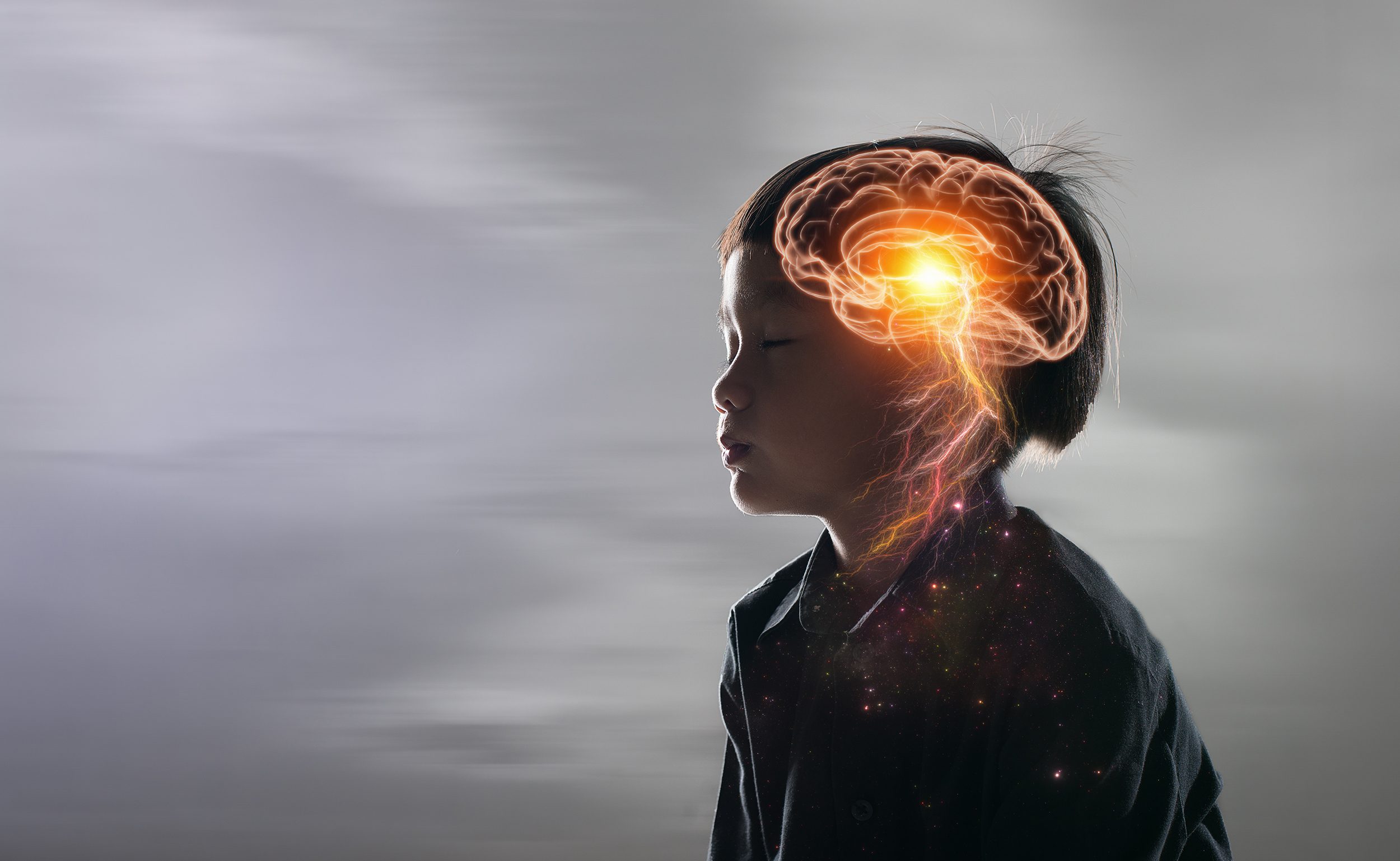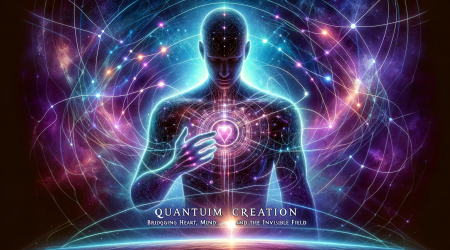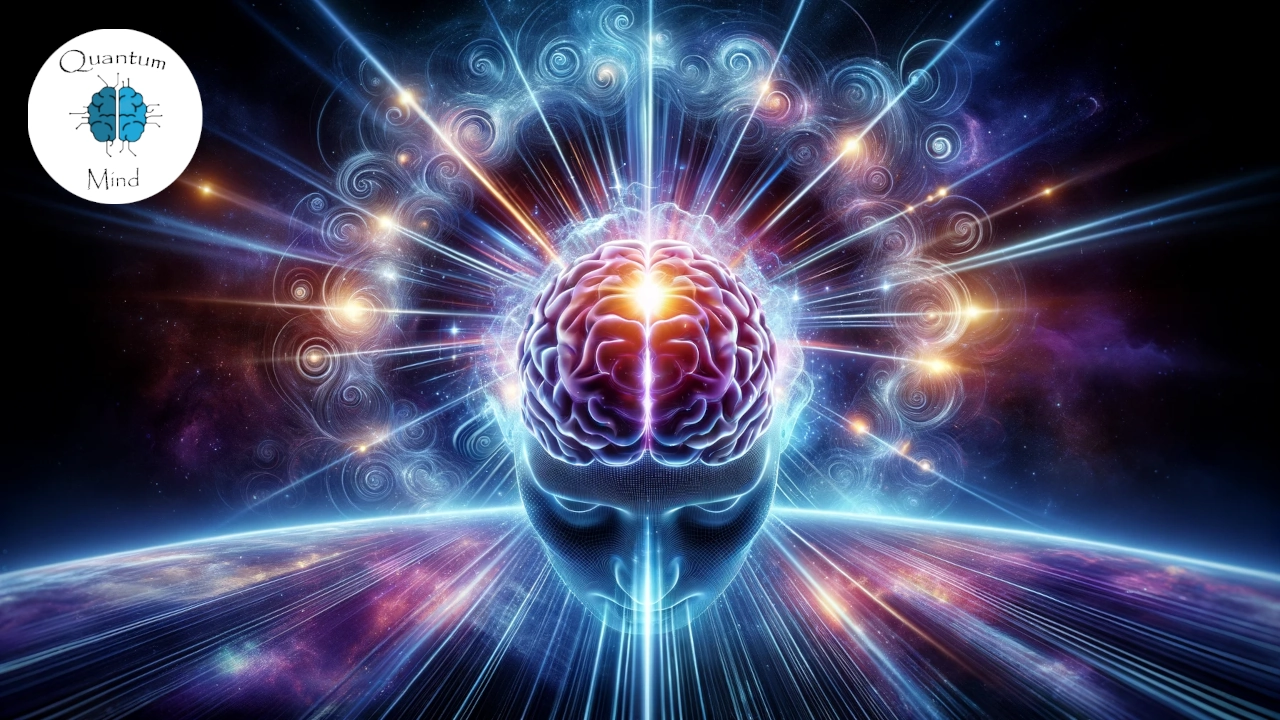Using the Power of Your Mind and Body to Create a New Reality
Part 1 – The Scientific Evidence
What if I were to tell you that there is scientific evidence that our consciousness is creating the world you see around you? Would that change the way you interact with your environment? Usually when I ask people that question, I get some funny looks in response. I’ve learned to consider my audience before dropping bombshells like that one. It’s hard to imagine that everything that is occurring around us is a product of our own creation. Sometime between 1801 and 1805, English Physicist Thomas Young conducted an experiment that dropped science on its head and set many physicists on a path that may prove that reality is, in fact, a construct of our consciousness.
The Double-Slit Experiment
Originally designed to conclusively prove that light was a wave rather than a particle, the double-slit experiment consisted of allowing light to pass through two barriers then impact an observation screen. The first barrier consisted of a single slit, while the second barrier consisted of a pair of slits. The theory was that if light was a wave, as English Physicist Thomas Young had suspected, then light should create an interference pattern on the observation screen as illustrated below.
When the experiment was conducted, an interference pattern did appear on the observation screen, just as he had thought. As a result, this seemed to conclusively prove that light was a wave. This almost undoubtedly had Sir Isaac Newton turning in his grave. Yet, there was still a problem. Waves require a medium through which to travel. There is no medium through which waves can travel in outer space, since it is a vacuum. How then, can light travel through the vast expanse of space?
Nearly a century later, stubborn and unsatisfied with several experiments designed to detect an invisible medium in space that would allow waves to travel, Einstein began his work on the Photoelectric Effect. Results of his work seemed to suggest, once again, that light moved in particle-like bundles of quantized energy called photons. He suggested that the photons, once they passed through the dual-slit barrier, were bouncing off of each other and creating the observed interference pattern. In order to prove this, scientists modified the double-slit experiment using a specialized photon cannon. This enabled them to fire protons at a barrier with two slits one at a time – similar to using a tennis ball machine to shoot paint-covered tennis balls at a wall with two vertical holes cut into it. Once again, an interference pattern appeared on the observation screen. Since the photons were fired individually, there is no way they could bounce off of each other to create the interference pattern. Once again, light appeared to be a wave.
Here’s where things got really weird. A second experiment was setup exactly the same as the first one, except this time a detector was put in place in order to help scientists identify which slit the photons were passing through. It turns out that when this detector was put in place, the interference pattern disappeared and two solid lines appeared on the observation screen instead. The mere act of observing the photons changed their behavior. Later, this experiment was conducted using electrons, atoms, and even molecules with the same results.
More Evidence Our Observations Create Our Reality
There have been a myriad of experiments since then that have only further concluded that observation seems to change the behavior of particles. Since it seems that our mere observation of a particle can change its behavior, does this mean that we can somehow influence their behavior as well?
French Scientist Rene Peoc’h developed an experiment to find out. Using a small robot programmed to randomly move about in an empty room and some newly hatched chicks, Peoc’h was able to demonstrate the chicks’ ability to influence the supposedly random movements of the robot. In order to do this, he exposed the newly hatched chicks to the robot, causing them to become ‘imprinted’ on the robot. The chicks then followed the robot all around the room as it moved. During this time, the robot moved throughout all parts of the room, as would be expected. In the second part of the experiment, the chicks were locked in a cage on one side of the room. When the robot was set loose again, the robot stayed on the half of the room where the chicks were, with the densest trace marks directly in front of the cage. Despite the rather rudimentary consciousness possessed by the chicks, they were still able to somehow influence the movements of the robot.
My conclusion is one of two things; Either these chicks were exposed to some really awesome radiation that endowed them with telekinetic superpowers, or consciousness is more than we think. If chicks have this level of ability to affect their outside environment, then what are we capable of? In my next article, I will discuss specific case studies of ordinary people affecting their outside environment through thought alone.
Until Next Time – Stay Curious
Dave










Leave a Reply